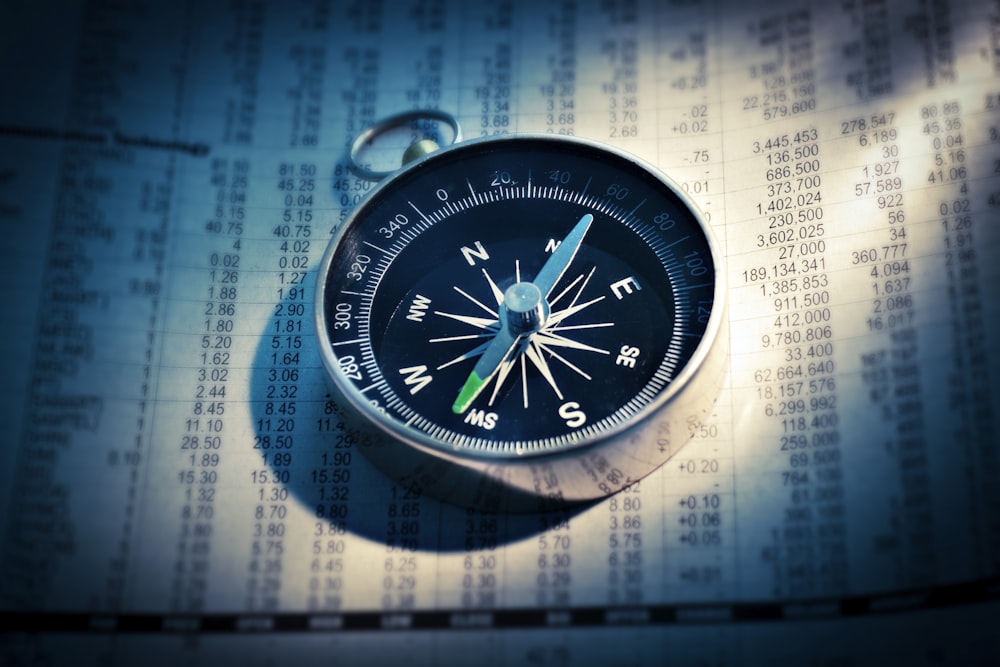January Barometer: As January Goes
Image Source: Unsplash
If you’ve been trading stocks for any length of time, you’ve probably heard of the 'January Barometer.' You’ll likely hear it quoted endlessly, but let me tell you, that whole expression of “as January goes, so goes the year” has zero value to it any longer.
Let’s go down memory road. On the surface, it looks like a home run. Get long if the stock market finishes higher in January, and get short if it finishes lower. In fact, it has worked 61 out of the last 74 years. That’s about 82% of the time it has been accurate. But what makes it such a horrible seasonality trend isn’t what it did prior to 2001, but since 2001. It has failed an impeccable amount of times over the last 23 years.
Sure, the January barometer has been correct over the last three years, but prior to that it had failed 3 times out of the last four years, and 4 times out of the last six years.
Since 2001, the January Barometer has Failed a Total of 10 Times
So from 1950 to 2000, it only failed 3 times. That means in less than half the years (since 2001), it has failed over 3 times as much. That’s why the January barometer is actually quite unreliable and should be tossed in the dust bin of worthless market expressions (right up there with "sell in May, and go away").
One of the reasons why there has been such a dramatic shift in regards to the expression is because of the advent of the internet. This isn’t some secret that no one has heard of. Everyone likely knows about it, which makes its relevancy even more worthless.
And it’s not just the internet – the entire way we trade has changed. Think about it: back in the day, you had to call your broker to make a trade. Now? You can buy or sell stocks instantly from your phone while sitting on your couch watching Netflix. This instant access has completely changed how markets move.
Here’s another thing that makes the January barometer even more laughable: the sheer amount of money flowing through ETFs and index funds. These weren’t really a thing in the glory days of the January barometer. Today, massive amounts of money move in and out of the market based on automated trading strategies that couldn’t care less what month it is.
Some History on The January Barometer
Want more proof of how useless it is? Let’s look at 2016, when the S&P 500 dropped -5.1% in January, and according to the January barometer, we should have been in for a rough year. Instead, the market finished up +9.5%. Or take 2014, where January was down -3.6%, but the year finished up +11.4%.
And don’t even get me started on 2009: January was down -8.6%, but the market exploded higher by +23.5% that year. These aren’t just small misses – they’re completely wrong directions.
Look, I get why people still cling to these old market sayings. They’re simple, they’re catchy, and they worked -- once upon a time. But in today’s market, following the January barometer is about as useful as checking your horoscope for stock picks. The market’s just too complex, too fast-moving, and too globally connected for these old-school indicators to mean anything anymore.
More By This Author:
Bitcoin Finding Support?Coal For The Stock Market’s Santa Rally
How To Trade A Stock Split
Click here to download my Allocation Spreadsheet. Get all of my trades ...
more



